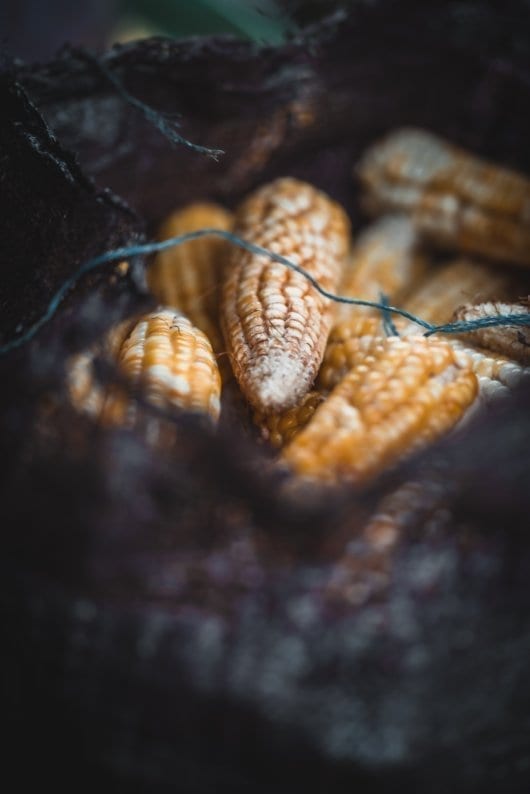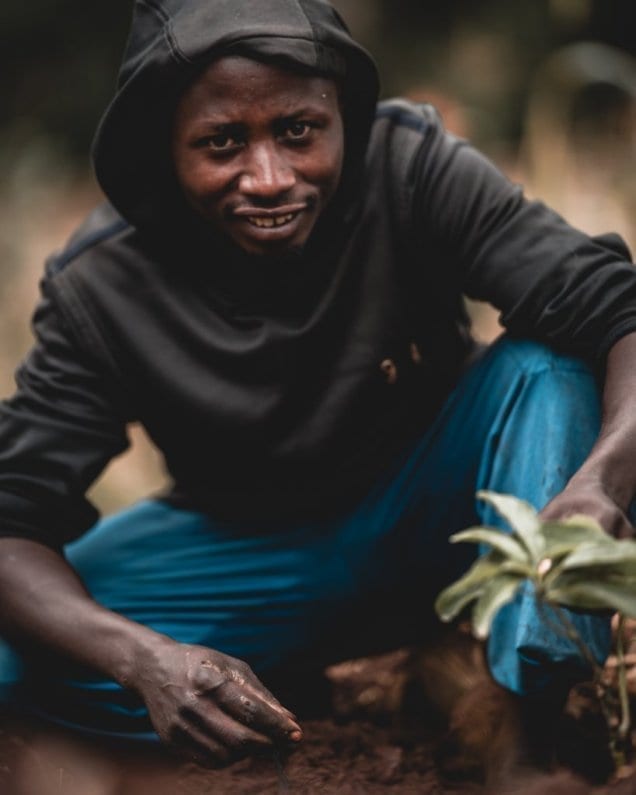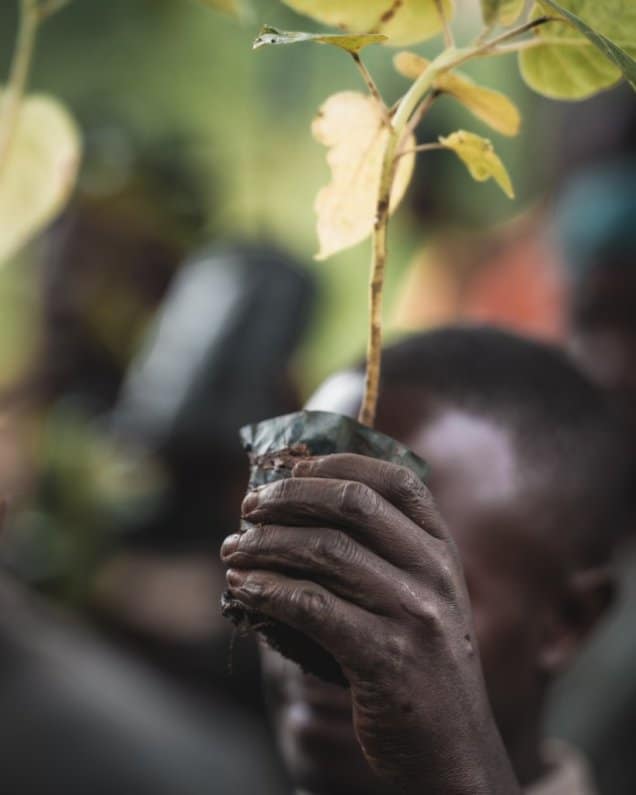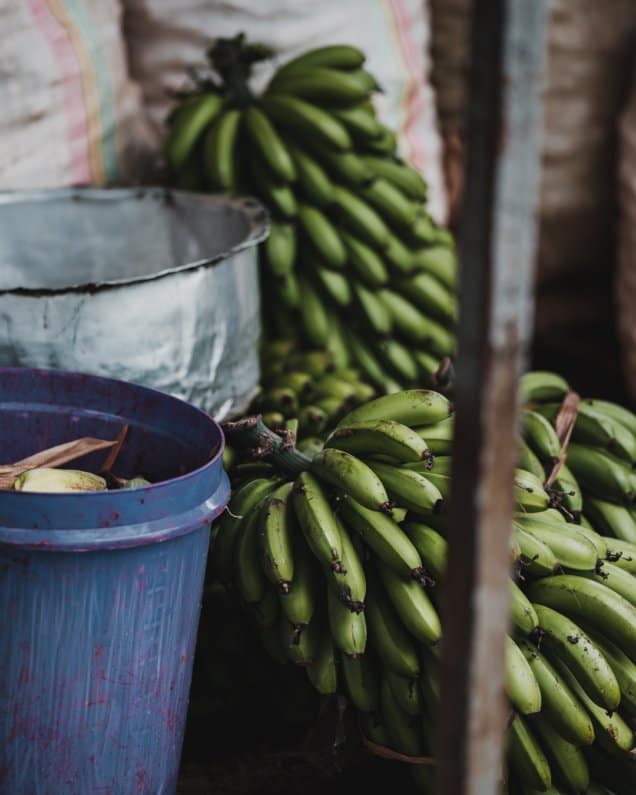Rwanda is known as one of the countries in Africa with an improving economy. According to a 2018 USAID report, Rwanda showed some development successes over the past decades, particularly a rapid poverty reduction, high growth, and a reduced in inequality.
This strong economic growth helped improve the living standards in many parts of the country. Needless to say, this landlocked country is still among the poorest nations in the world. Food and nutrition security remain a big challenge. In fact, the food problem is not only an issue at home but the challenge faced even in hospitals.
Understanding the Problem
In Rwanda, hospitals are not capable of providing food for their patients. Sometimes, the lack of healthy meals aggravate the illnesses of the patients, especially mothers and children. The University Teaching Hospital of Butare is a large hospital located in Huye District. While it is a government hospital, it still lacks food support for its patients, some of whom come from far villages. According to local NGO Kuzamura Ubuzima, 38% of children aged 1-5 years are stunted or have chronic malnutrition. In 2015, 20% of Rwandan households were food-insecure.
The Long-Term Solution
Kuzamura Ubuzima, with the help of US-based NGO Humanity Unified, built a food forest in Rwanda in February 2020. In essence, a food forest or sometimes called forest garden, is a method of planting fruit- and vegetable-bearing plants that mimic the patterns and ecosystem found in nature. The good thing about food forests is that you don’t have to re-plant every year or so. You just have to care for it well, especially during the first few years, and it will grow with resilience that requires little upkeep.
Local non-government Kuzamura Ubuzima or Growing Health was established in 2015 to address the problem of food security in a hospital in the city of Butare, located in Huye District, Southern Rwanda. Along with Humanity Unified, the first ever food forest in Rwanda was built.
Causeartist chatted with Maria Russo of Humanity Unified and Laurette Mushimiyimana of Kuzamura Ubuzima to learn the story of the project and its impact to date on local livelihoods.




What’s life like for the people and the local residents?
Maria: Life is incredibly difficult for many people living in Butare. Due to the pandemic, rising food prices attributed to the locust plague that hit Kenya and Uganda earlier this year and rising tensions at the border, many people are food insecure. The economic situation in Rwanda is also unstable leaving underserved populations with very little work opportunities.
Where did the idea of a food forest come from? And how long has Humanity Unified been working on it?
Maria: The idea of the food forest came from working with women farmers in Rwanda for many years who were being exposed to harmful pesticides and fertilizers. I knew there was a better way to farm that was both nourishing for people and the planet. I began studying permaculture and came across the food forest model. It took two years to find an NGO partner in Rwanda that was already farming organically and was open to creating a project using this model. We launched Rwanda’s first food forest in February and it’s been thriving ever since! The project was even covered in National Geographic – a testament to the innovative and ecologically sustainable nature of creating food security for people in developing nations.
Can you share with me the location where you built the food forest and why you chose that location?
Maria: The food forest is located behind the University Teaching Hospital of Butare. It nourishes hospitalized women and children, along with their caretakers. [We chose it so it would become] a part of an existing 13-acre organic farm that is managed by our Rwandan NGO partner, Kuzamura Ubuzima.
The food forest started in February 2020. How was that like? Can you share with me how the food forest looks like to date?
Laurette: With the support from Maria and Humanity Unified, we were able to hire 12 farm workers who immediately started to work hard on the land that was unused and bushy. We bought seedlings and planted guayabas, mangoes, oranges, mandarins, avocadoes, papayas, passion fruits and tomatoes trees. Moreover, we will be adding strawberries, soya beans, beans, cabbages, as well as beans.
What would you say are the biggest challenges of building a food forest?
Maria: It’s a relatively new concept, so it will be a lot of trial and error over the first couple of years. Once the kinks are worked out, it should be extremely easy to manage for the farmers. Not to mention it will help restore the soil and sequester carbon.
Have the locals already benefited from it? And what would say are the long-term benefits of this project?
Laurette: Yes. Those who have no job are now able to get their daily bread by working on the farm. And the long term benefits of having a food forest is that malnutrition will be reduced as the children in the hospital will eat fruits, which otherwise are expensive and the family cannot afford it. Kuzamura Ubuzima will save some money and will serve more patients as the fruits and vegetables will be harvested from the food forest.
Humanity Unified is working with a local nonprofit on this project, right? Why do you think it’s vital for international organizations to work with local groups?
Maria: It is vital for international organizations to work with local NGOs because no one understands the local challenges like the local people. The people of Rwanda must shape, mold and continue to rebuild their country, not foreigners who simply cannot understand the challenges and the hopes and dreams of the people. Our job is to stand back and support the visions of those who are innovating, nourishing, advocating and creating healing for their country.








